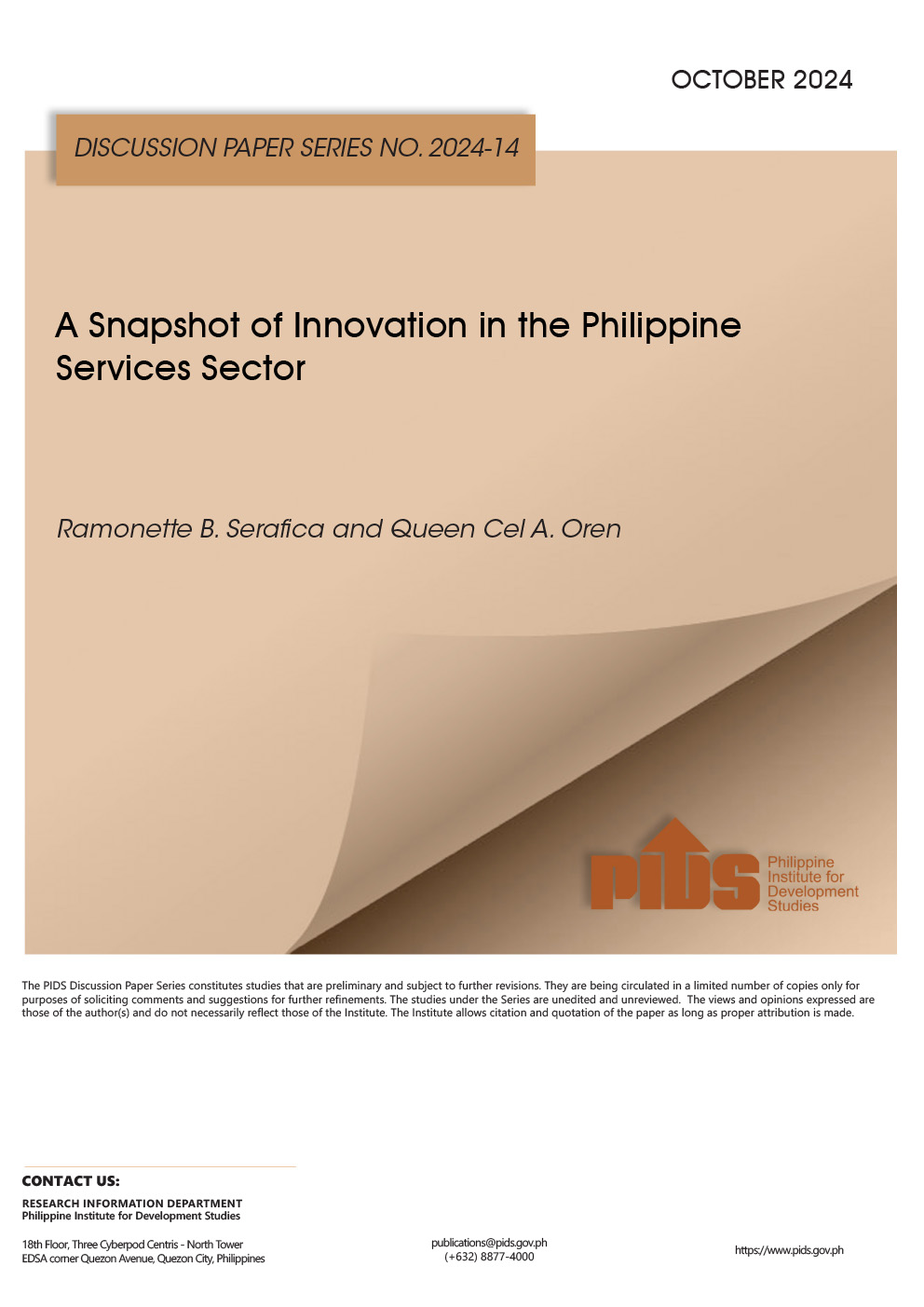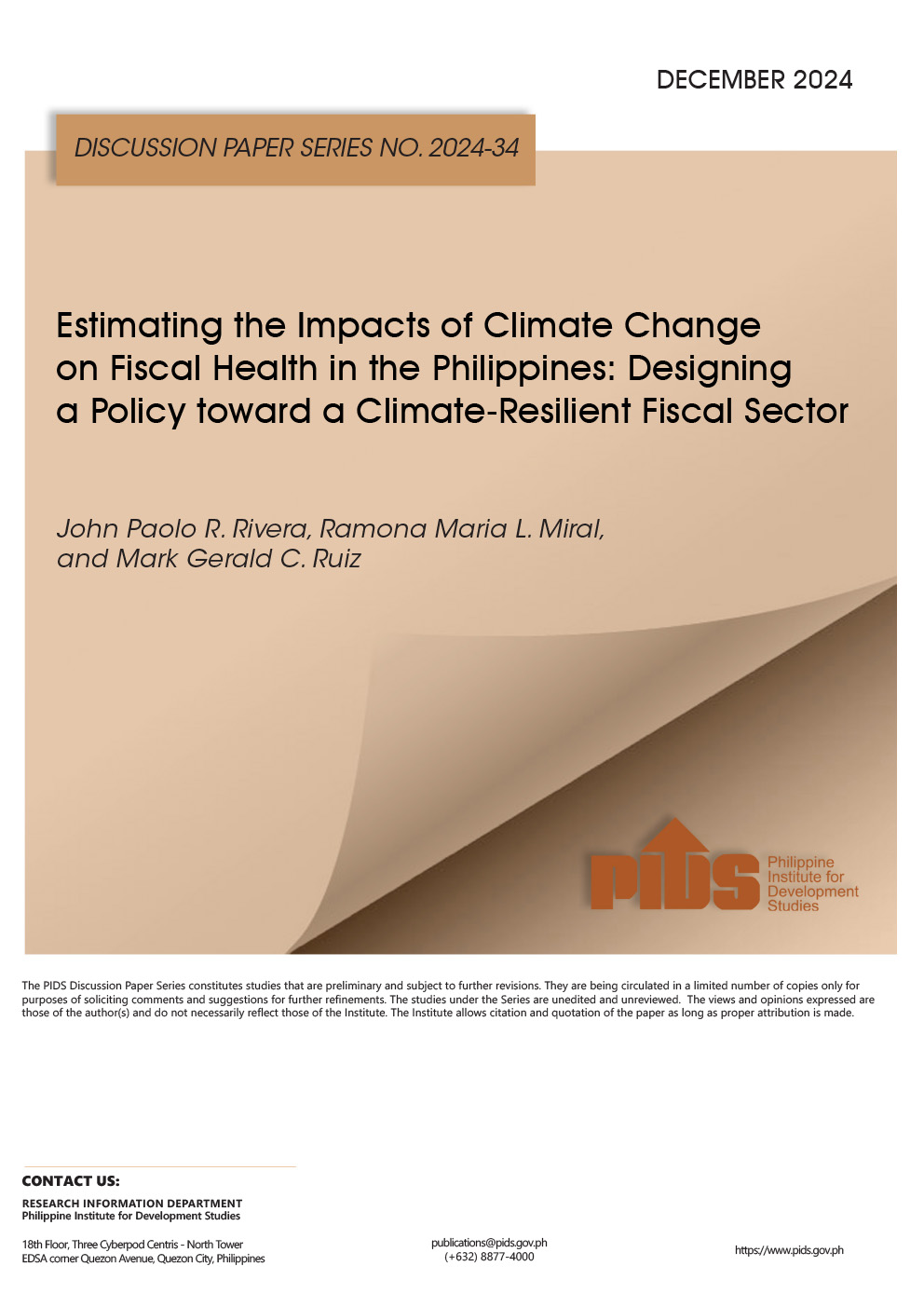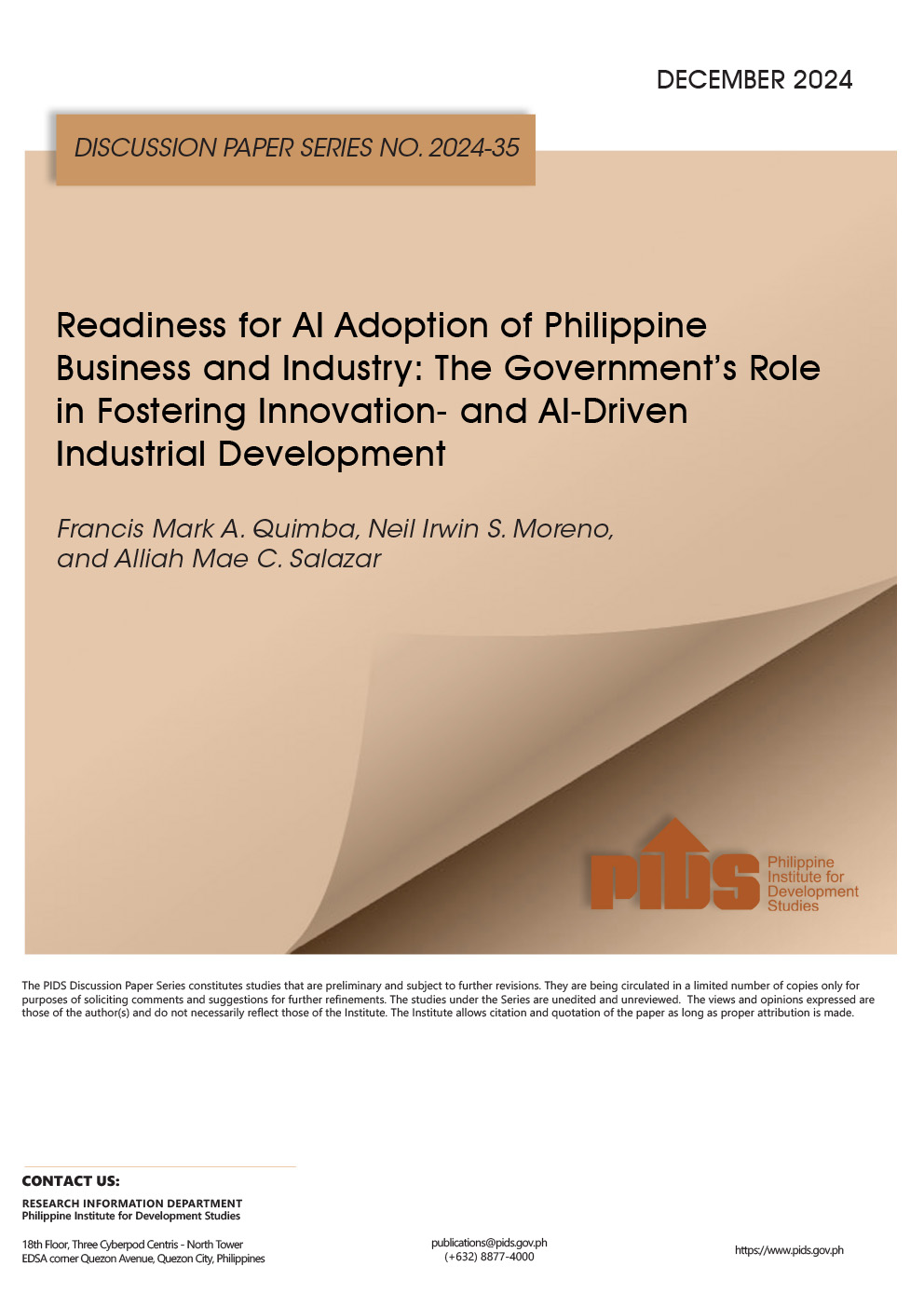The electric vehicle has been around for more than a century, and according to a report published by CNN on its web site in October 2019, it has existed even before the United States Civil War. The first viable electric car was built in 1834, but it gained prominence only in the early part of the 1900s, when it accounted for nearly a third of all cars on American roads. At the time, riding electric cars was more practical than operating clunky steam cars and gasoline cars, which had to be cranked to start and required complicated gear shifting.
Gasoline-powered car would eventually overtake electric cars following Ford Motor Co.’s introduction of the Model T and General Motors’ unveiling of the electric starter in 1912. Electric cars would soon disappear from roads and replaced by vehicles running on gasoline and diesel. It will re-emerge 80 years later, thanks to California’s Zero Emission Vehicles Mandate, which required car makers in the state to sell a certain percentage of “zero emission vehicles.”
Climate change and the need to implement mitigation measures, such as reducing carbon emissions, made electric vehicles more popular in recent years. The clamor for more environment-friendly vehicles paved the way for the emergence of companies like Tesla and the entry of established automakers into the production of electric vehicles or EVs. Tesla, for one, is cashing in on the increasing popularity of EVs, as it posted a profit of $438 million in the three-month period that ended March 31 as sales more than doubled to nearly 185,000 vehicles, according to an Associated Press report.
Countries around the world, including the Philippines, have committed to reduce carbon emissions to combat climate change, and the adoption of EVs is seen as a viable way of helping them meet the goals of the Paris Climate Change Agreement. Despite its potential to reduce carbon emissions, EVs have not really caught the fancy of Filipinos due to their prohibitive cost as well as the lack of charging stations. Government think tank Philippine Institute for Development Studies said fiscal perks may help entice Filipino car owners to shift to EVs.
For a country that is aspiring to expand its exports and meet its commitments under the Paris Agreement, developing the local EV industry makes a lot of sense. Policy-makers should heed the recommendation of PIDS to craft an EV strategy and to look at the incentives offered by other countries that are manufacturing electric cars. Passing a law that would establish a national framework of regulations for EV standards, incentives, and infrastructure would also help attract foreign direct investments that will create jobs.
The Philippines has the resources to take advantage of the boom in renewable energy and electric vehicles (See, “Mining Needs Policy Lift As Nickel Boom Seen In Focus On RE, E-Vehicles,” in the BusinessMirror, December 24, 2020). With its nickel supply, the Philippines can create more than 1 million jobs in the years to come and eventually become a world power in renewable energy and electric cars, according to a lawmaker. Putting in place the right policies is key to achieving this vision.












